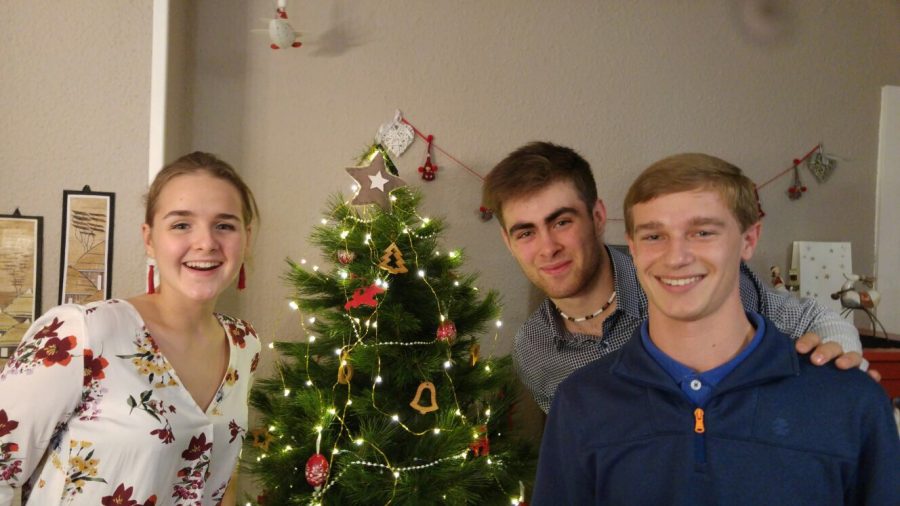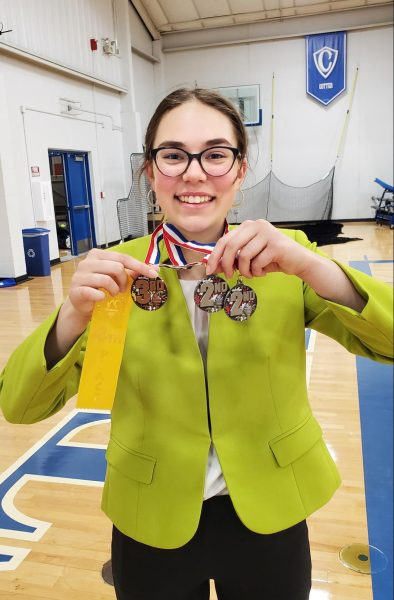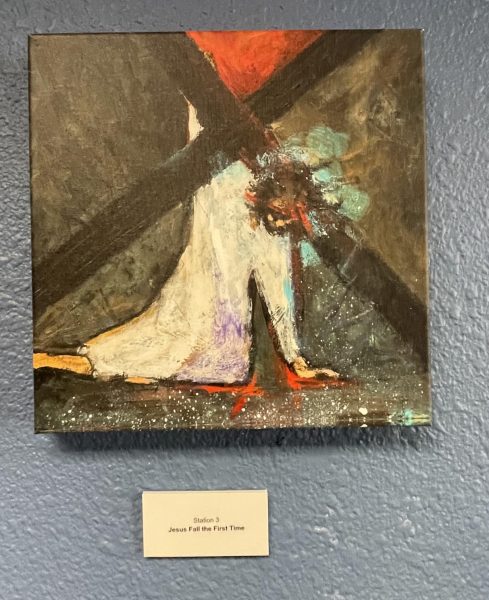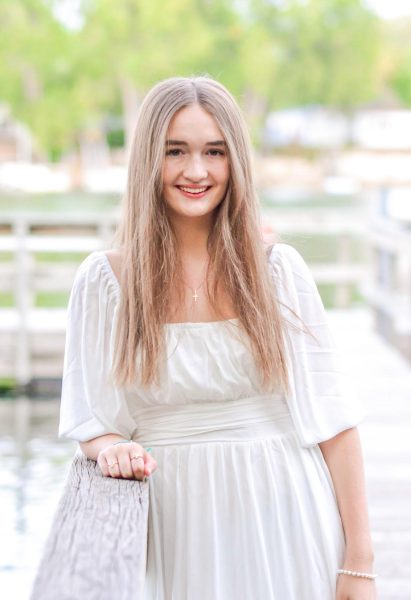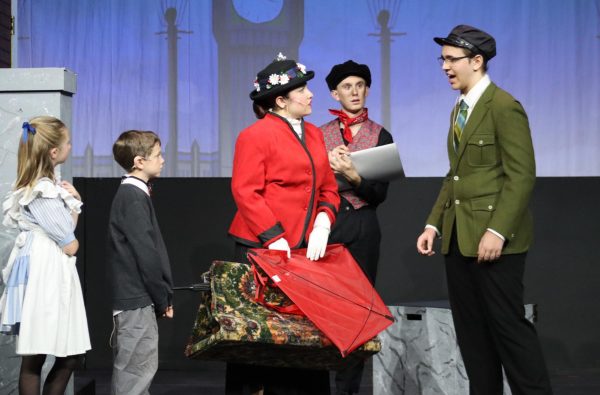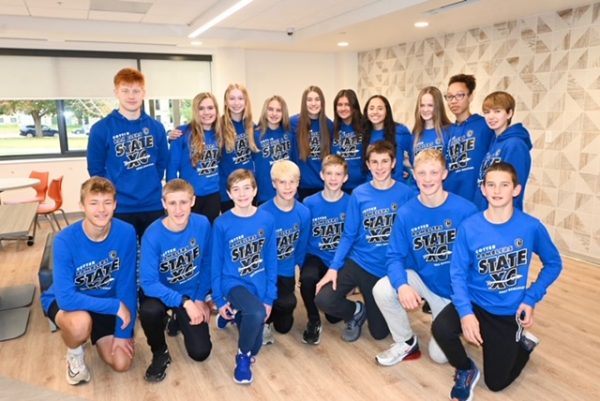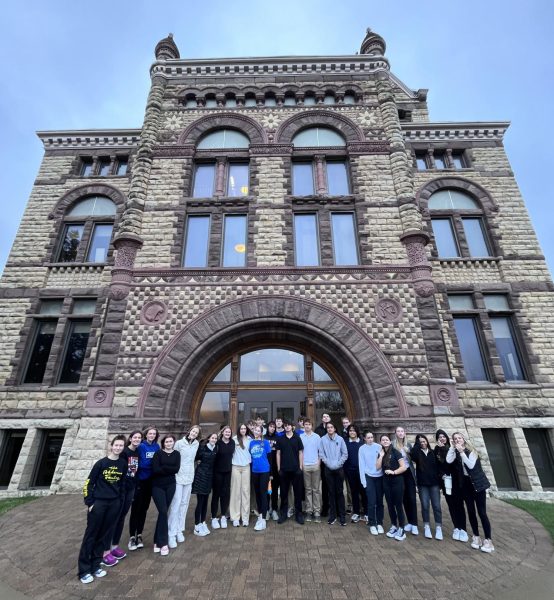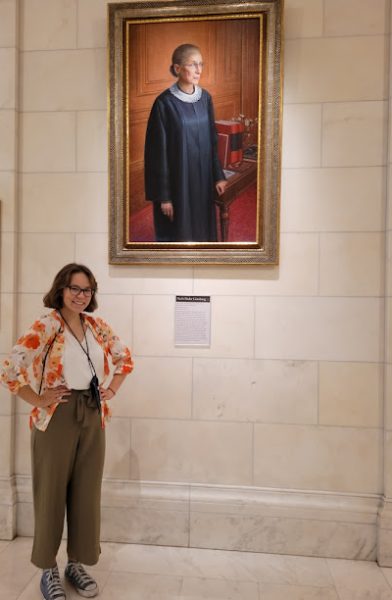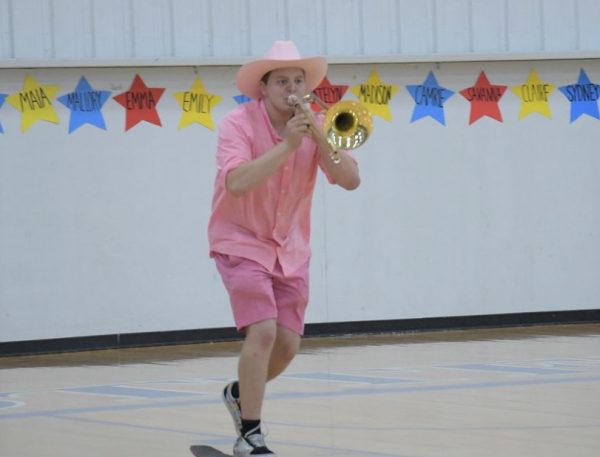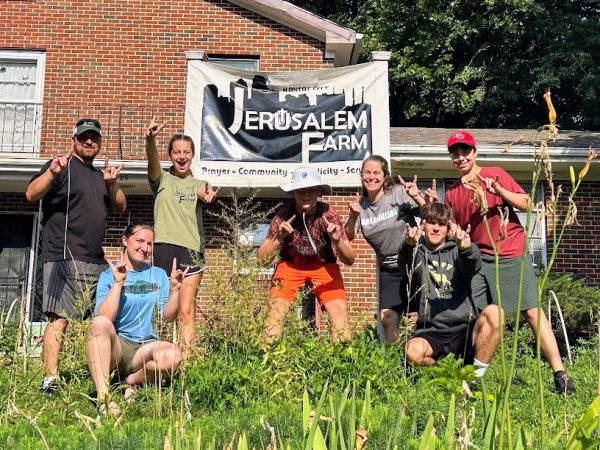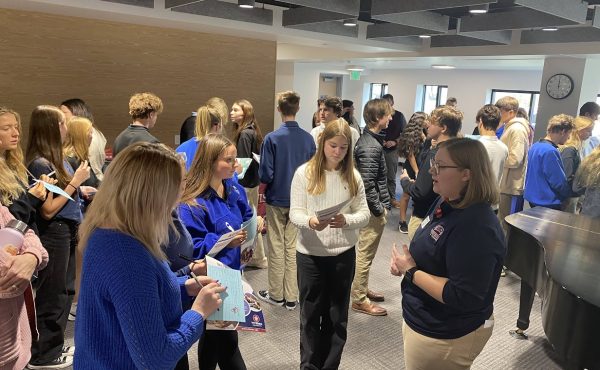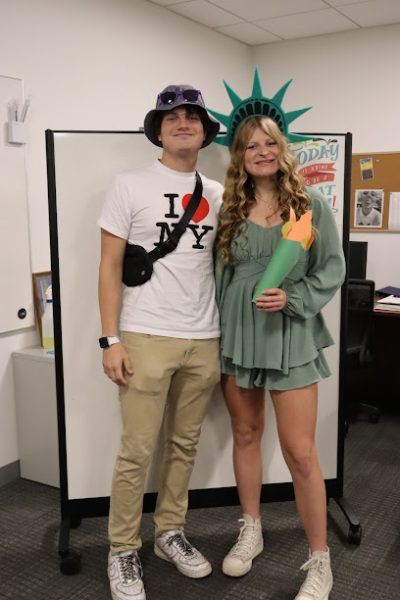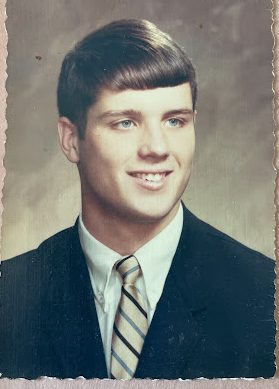Captivating Catalonia
Situated in Spain’s northeast corner is a beautiful region known as Catalonia.
Currently, the region is most recognized for its political situation, where the citizens of the region are in conflict over whether a separation from Spain would benefit the region or not.
However, what is undeniable is that the region has a distinct and rich culture, beautiful sights and cities, and a warm and inviting charm. I had the incredible opportunity to spend two weeks in Lleida, a city of around 130,000 people in the west of Catalonia over Christmas vacation. The experiences, memories, and friendships made in this city will last a lifetime, and my time in Lleida exemplified all of the benefits that travel has to offer.
On December 21, 2017, I flew into Barcelona at 7 am. My host family picked me up at the airport, and we spent my first day in Spain exploring the city of Barcelona. The first thing that one notices when being in a European city, is how different a city in Europe feels when compared to a city in the United States.

Europe does not have skyscrapers like the big cities in the US, instead, it has countless older buildings with beautiful architecture. The buildings feel like works of art, because they are, and a few of the architects famous for their buildings in Barcelona include Antoni Gaudí and Josep Puig i Cadafalch. Barcelona is easy to walk around and it is fun to discover the smaller cafes and restaurants that are all over town.
The most noteworthy thing we did on this day in Barcelona was to visit and take a tour of the Camp Nou, the stadium where FC Barcelona plays. We were able to see the whole stadium, the locker rooms, the press box and press room, and the tunnel where the players come out from. Additionally, we visited FC Barcelona’s museum, where all of its trophies, both for the team and individuals, are kept. These few hours of exploring the stadium and museum were absolutely incredible. To see up-close and first-hand places that you have seen thousands of times on TV is indescribable, and to actually stand in places where the greatest soccer players in history have also stood is truly humbling.

Midway through the afternoon, we drove to Lleida, the city where I spent the rest of my time, with the exception of one day, and a city that I now feel is like a second home.
Two days after my day in Barcelona, I was able to explore Spain’s capital city, Madrid. In Madrid, I had the experience that many people dream of having, and that was attending a Real Madrid-Barcelona match, a soccer rivalry so heated that it has its own name: El Clásico.
The history of this rivalry and what it means to the fans goes back a long time in history, but the rivalry between the two teams can be summed up in a few reasons. The simplest reason that El Clásico is such an important fixture in soccer is that Real Madrid and FC Barcelona are the two historically most successful teams in Spain, and two of the most successful soccer clubs in the world. But, the inner workings and the true source of the passion and intensity of the rivalry comes down to politics, in a few ways. The first is a political difference that has been well-documented in the news, but this is due to a strong independence movement in the region of Catalonia, and a strong resentment of Catalonia in Madrid for its separatist politics. This is not to say that all Barcelona fans are supporters of independence, but a relatively high proportion of the fans are, and due to this, there is absolutely no love lost between the two clubs.
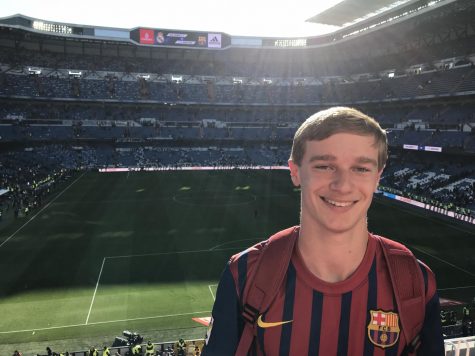
The other political aspect of the history of the rivalry goes back quite a while in history, to the time of the Franco dictatorship in Spain, an authoritarian dictatorship that lasted from 1939 to 1975. During this time, because Catalonia fought against Franco in the Spanish Civil War, Franco significantly oppressed the region of Catalonia by banning its language, culture, and any Catalan flags.
Real Madrid became Franco’s team and a sort of representation of Franco’s Spain. Obviously, many years have passed since Franco’s dictatorship, but the hurt and oppression caused by these years is still felt in Catalonia to this day, which also explains the deep hate felt for Real Madrid. In other words, the passion and deep-rooted resentments of this rivalry make for a match and atmosphere that is truly unique and mind-blowing.
The match itself, despite being in Madrid, was a Barcelona rout, with Barcelona easily winning 3-0. Sterling performances from Lionel Messi, Gerard Piqué, and Sergi Roberto contributed to one of Barcelona’s most convincing wins in the last few years.
To be present at an El Clásico is truly indescribable; it has to be experienced first-hand. The amount of intensity and emotion in both the players and the fans makes for an experience that will stick with one for the rest of their life.
After the match in Madrid we returned to Lleida.
Lleida is a city of around 130,000 people in the west of Catalonia, about a two hour drive from Barcelona. It is one of Catalonia’s oldest towns, with people beginning settling there in the Bronze Age, a period beginning in 2300 B.C.
The town’s incredibly rich history is seen in various buildings such as the two castles and the town hall, which can be traced back to certain time periods. For example, one of the castles can be traced back to the time of Moorish rule in Spain. These various historic buildings scattered throughout the city give it a timeless feel. In a city where virtually everybody walks to go from one place to another, a simple walk to the grocery store can leave one in awe.
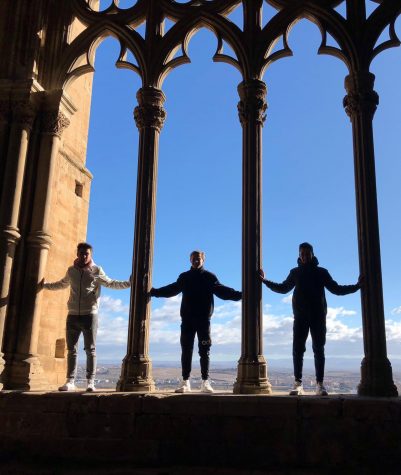
If I attempted to put down on paper all of the experiences and memories I made in Lleida, I would be writing a novel. However, I will go through a few of the highlights of my experiences there. One day, we went to one of Lleida’s castles and went to the very top of its tower, looking out at the whole city. Another day, we went to a discotheque in Lleida to celebrate the New Year. Additionally, I had the chance to attend a Lleida basketball game. Lleida has a basketball team in Spain’s second division of its basketball league. All of these experiences and many more contributed to a wonderful time in Lleida.
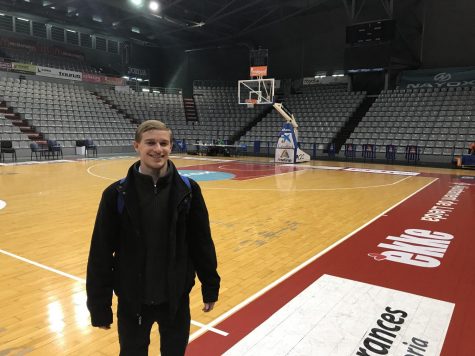
As beautiful as the city is with its historic buildings and architecture, its lovely language, its intricate culture, it is the people of Lleida that give it its true charm.
As an American traveling thousands of miles away to live in a city where the language, culture, and way of life is completely different than my own, I expected to always feel like an outsider. But yet, I never once did. That is thanks to my host family who constantly made me feel like I was a welcome member of their family. It is thanks to the countless people who went out of their way to show me around the city. It is thanks to all the people who welcomed me into their homes, their soccer or basketball games, their parties, into their everyday lives. I left Lleida feeling like someone who has a home there. I felt as if I was leaving a part of my heart there. To say that about a city where I only spent two weeks, a city where I didn’t speak its language, a city whose culture is drastically different from mine, that is a very special thing.


